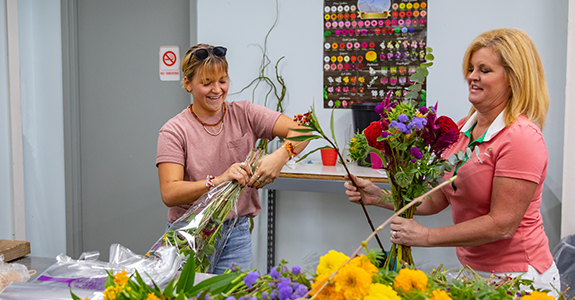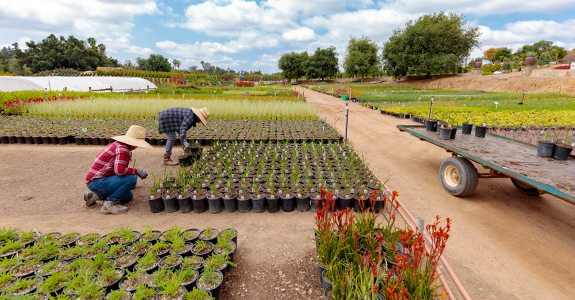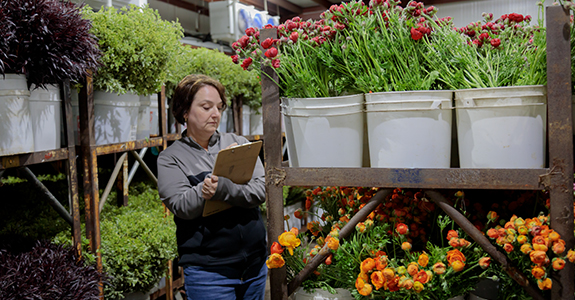How to train your staff to make safety a top priority

Cultivating a culture of safety at your business is critical—especially given the inherent safety risks your employees face every day, just by virtue of working in the horticultural industry.
One of the most effective ways for you to help create a safe work environment is through robust training programs that promote awareness, caution, and responsibility.
When you prioritize comprehensive training, you can help reduce accidents at your business and create an environment where your employees actively work to protect themselves, their coworkers, and your customers.
The LEAD workplace safety model
Building a strong safety culture starts with leadership commitment. Leaders like you can reinforce that safety is more than a checkbox—it’s a core business value.
The LEAD safety model, developed by Mark Griffin, identifies essential skills for effective safety leadership:
Leverage: Recognize achievements, provide clear guidance, and coordinate work effectively
Energize: Inspire and support associates as they develop new safety skills
Adapt: Learn from past experiences to enhance safety resilience
Defend: Foster vigilance, monitor practices, and promote accountability
So what does this look like in action? Reinforce the LEAD model by:
Conducting regular safety meetings: Discuss new procedures, review incidents, and address potential hazards.
Creating visible reminders: Place safety reminders in common areas and work zones to keep safety top-of-mind throughout the day.
Promoting open communication: Encourage employees to report hazards and join safety discussions without fear of reprimand. Provide anonymous reporting channels for unsafe practices, and reward consistent safe behavior with a recognition program designed in consultation with your human resources and legal professionals.
Owners, managers, and supervisors set the tone by visibly demonstrating a dedication to safety—whether through regular check-ins, addressing concerns promptly, or actively participating in training sessions.
Empowering teams to help create a secure and productive workplace
Investing in robust, evolving training is one of the most effective ways to help protect your employees and your bottom line.
A well-trained, safety-conscious workforce not only helps prevent accidents, but it also promotes an environment where everyone can perform their duties confidently and securely.
You don’t have to create a safety plan alone. If you’d like assistance with training resources, claims analyses, workshops, and on-site consultations to help identify and mitigate risks, contact us. Our Safety Services team is here to help you and your business.

Safeguard Your Business From Severe Weather

Help protect your horticultural business from top risks

5 steps to a successful safety audit
The information in this article is for informational or entertainment purposes only. View our disclaimer by going to terms and conditions and clicking on Learning Center disclaimer in the table of contents.






